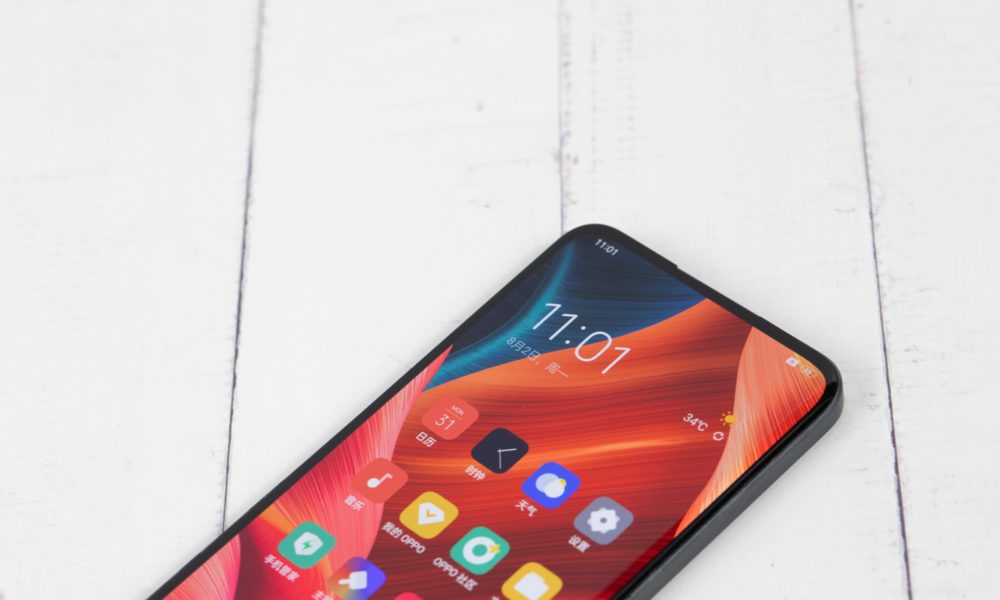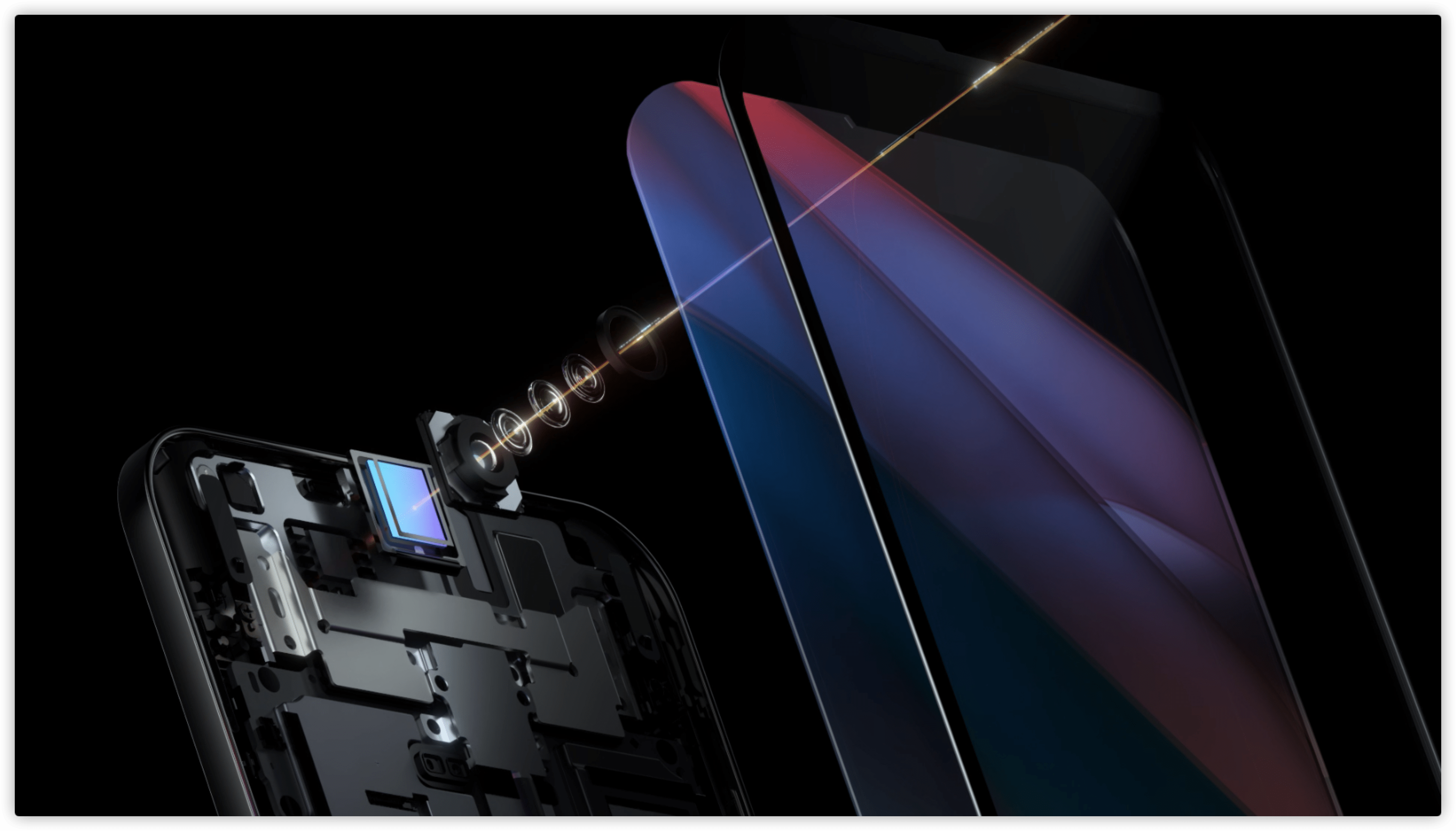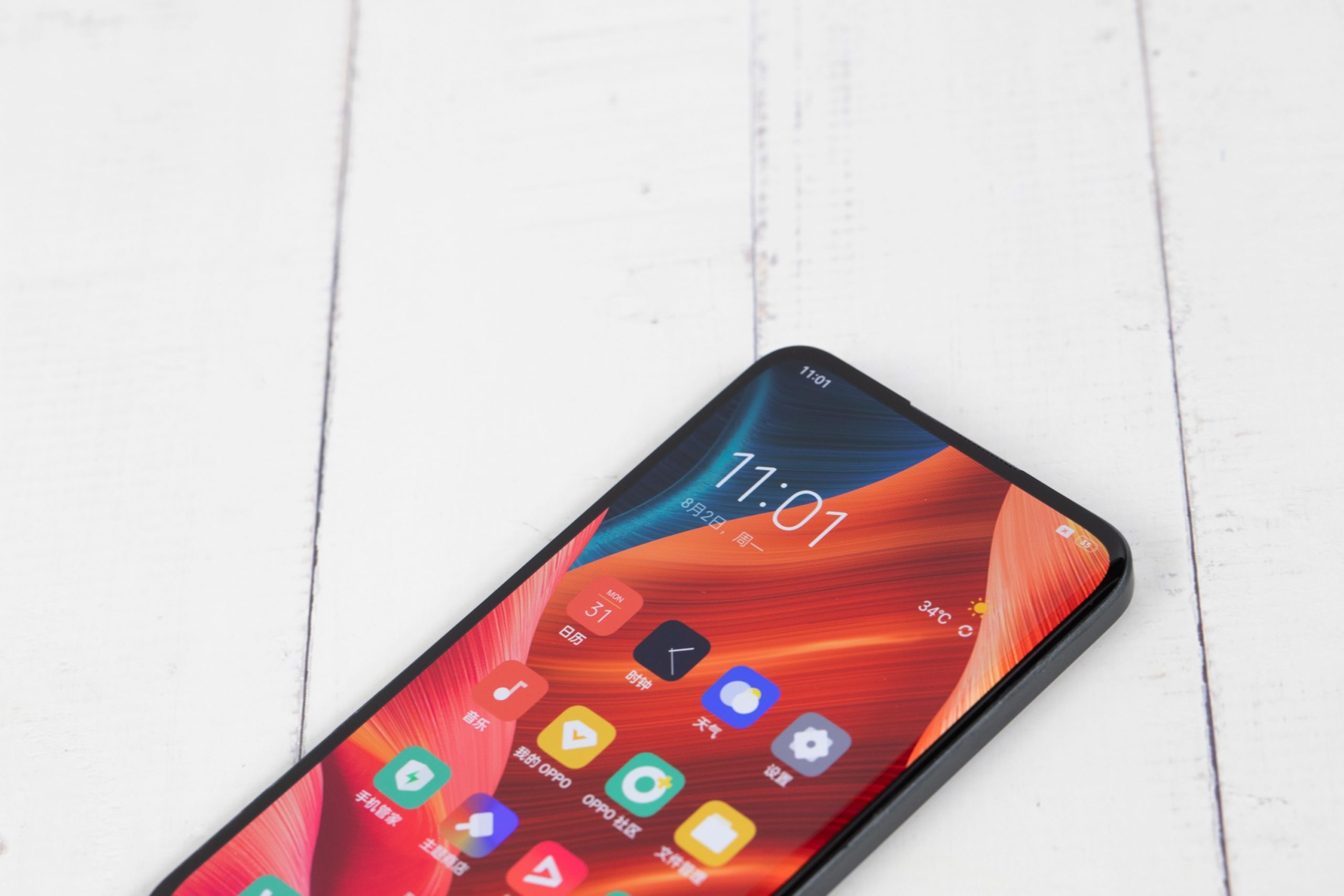
OPPO today unveiled its next-generation under-screen camera (USC) technology for smartphones. By combining the best in hardware innovation and OPPO’s AI advancements, the new under-screen camera discreetly places the front-facing camera under the smartphone display while retaining the fluidity of the screen. Offering the perfect balance between consistent screen quality and camera image quality, it is an under-screen camera solution without compromise.

Next-level full-screen display experience
OPPO’s next-generation USC introduces new innovations in structure design and AI algorithms to take the end-to-end, full-screen experience to an unprecedented level.
Advancements include:
- Innovative pixel geometry: the new USC shrinks the size of each pixel without decreasing the number of pixels, ensuring a 400-PPI high-quality display.
- Transparent wiring and new design: By implementing a transparent wiring material that reduces the width of the wiring by 50%, OPPO has created a refined display for a smoother visual experience.
- Improved control of screen accuracy, colour and brightness: OPPO’s proprietary screen technology enables each pixel circuit to drive only 1 pixel. Combined with OPPO’s precise algorithmic compensation technology, this allows the screen brightness to be precisely controlled with a deviation of about 2%. This means smaller fonts can be displayed accurately with a better depiction of textural details and colours, resulting in a more consistent and immersive experience.
- Improved reliability and lifespan: The “1-to-1” pixel circuit and dedicated optimisation algorithm deliver display compensation in the USC area of the screen, improving the display’s lifespan by up to 50%.

Crisp image quality in a reliable package
OPPO’s next-generation USC implements a series of imaging AI algorithms developed by OPPO’s Research Institutes, including diffraction reduction, HDR and AWB, helping to alleviate issues such as blur and image glare. By training its AI diffraction reduction model using tens of thousands of images to control problems caused by light diffraction, users can capture clearer, more natural images.
As consumer demand for larger screen-to-body ratios and novel smartphone form factors grows, OPPO has invested heavily into R&D in these areas. OPPO has released three generations of USC solutions since it began its development of the technology in 2018, applying for over 200 related patents in the process. In 2020, OPPO submitted its proposed standards for USC technology to the International Electrotechnical Commission (IEC). Included in the proposal were recommendations for seven key technical metrics including display transmittance, reflectance, uniformity, Gamma correction, colour shift and brightness decay.
OPPO will continue its R&D into hardware design and algorithmic processing capabilities to further optimise USC technology, with the end goal to bring a more immersive, full-screen USC system to users worldwide.


